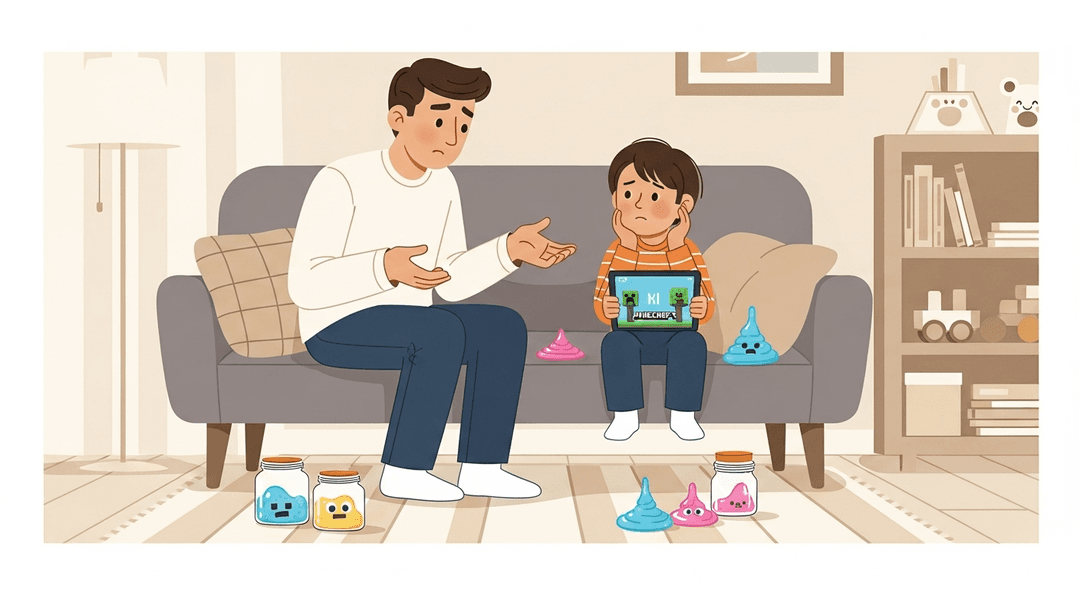Talk About Peer Pressure and How to Handle It
Peer pressure: because apparently, our kids' friends are now tiny sales reps for questionable decisions (‘Just one more round of Minecraft, c’mon!’). If you’ve ever tried to explain why ‘everyone else does it’ is not a valid argument while simultaneously Googling if ‘slime parties’ are a thing, this one’s for you. Let’s get real about prepping our kids to say ‘nah’—without sounding like we’re auditioning for an after-school special.
Teaching kids to handle peer pressure helps them build self-confidence, better decision-making, and stronger boundaries—basically, it’s like giving their brains a little suit of armor. It reduces stress, boosts their social skills, and strengthens those neural pathways for saying no (or yes, thoughtfully) when it counts. For parents, it means fewer panic-texts from school and more trust in your kid’s judgment. Win-win.
How to do it
-
Start by sharing your own stories—especially your embarrassing moments of surviving peer pressure. This helps normalize the experience and makes it easier for your child to open up.
-
Role-play common scenarios together. Practice what to say when someone offers a forbidden snack or dares them to do something wild. Acting out these situations can build confidence for real-life moments.
-
Brainstorm “outs”—come up with funny or clever ways to say no without losing face. Having a few go-to phrases can make it easier for your child to stand their ground.
-
Remind them it’s okay to blame you. For example, they can say, “My parent is the fun police, sorry!” Giving them permission to use you as an excuse can take the pressure off.
-
Check in regularly, not just when you sense trouble brewing. Sometimes the best conversations happen in the car, over snacks, or when you’re both pretending to fold laundry. Look for these natural moments to connect and keep the dialogue open.
Key Tips:
- Be open and non-judgmental when sharing your experiences.
- Make role-playing lighthearted to reduce anxiety.
- Encourage creativity when brainstorming “outs.”
- Let your child know you’re always available for support.
- Use everyday moments to keep the conversation ongoing.
